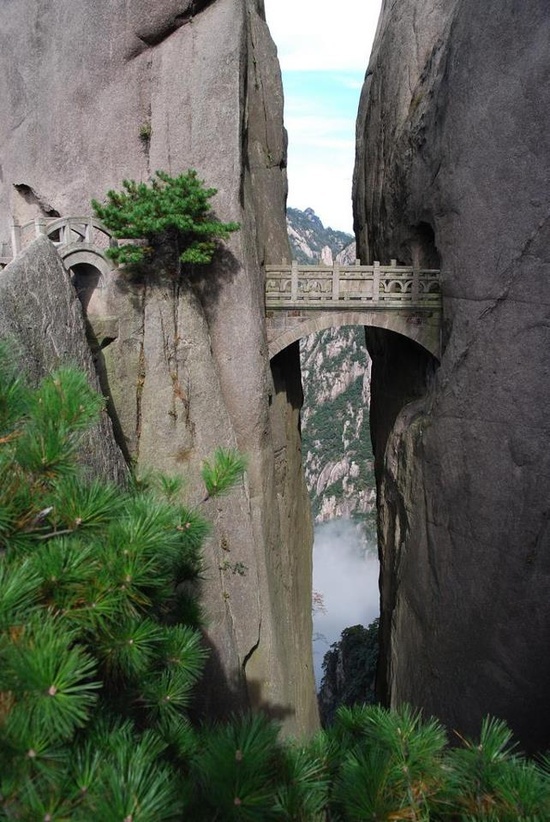
Practical Taoism
Studying Taoism as a mental exercise might involve reading hundreds of volumes of the Taoist Canon or Taoist Encyclopedia. Mental Taoism might involve reading the hundreds of commentaries on the Tao Te Ching in dozens of languages. One could spend their time arguing about the nuances of Taoist philosophy and what is and isn’t Taoism on social media. (Which reminds me…how many tai chi practitioners does it take to screw in a light bulb? Thirteen. One to screw in the lightbulb and twelve to shake their head and say, ‘that isn’t how my master taught me.’)
One could pursue Taoism as a mental exercise for decades and only become more rigid, more defensive, and more bored. Practical Taoism, or living Taoism, or Healing Taoism is something embodied by the whole being—not just the mind. Practical Taoism involves feeling the subtle energy of the body, and of nature, to heal oneself and others. The healing energy of the Tao is available to anyone, not just scholars, monks, or priests and abbots. The subtle energy of nature may be easier to feel in the woods by a lake, but the earth breathes in the heart of the city too.
Please, continue to study the classic books of Taoism, such as the Tao Te Ching, The Yellow Emperor’s Classic of Internal Medicine, the I-Ching, and many others. However, use these like the finger that points to the moon and remember to connect with the ‘moon’ directly. Learn and practice the microcosmic orbit, release the heat in your organs with the six healing sounds, and embrace ‘what is’ with the inner smile. In the Information Age, the challenge is not in finding data, but in separating the vital few from the trivial many. Today, the veil of mystery has been lifted from healing practices that were shrouded for centuries in China and similarly hidden in the West’s medieval alchemy.
We can learn these ancient practices in safety today in most places in the world. Maybe we even owe it to the masters and practitioners that risked, and sometimes lost their lives, to keep these practices alive through the millennia.